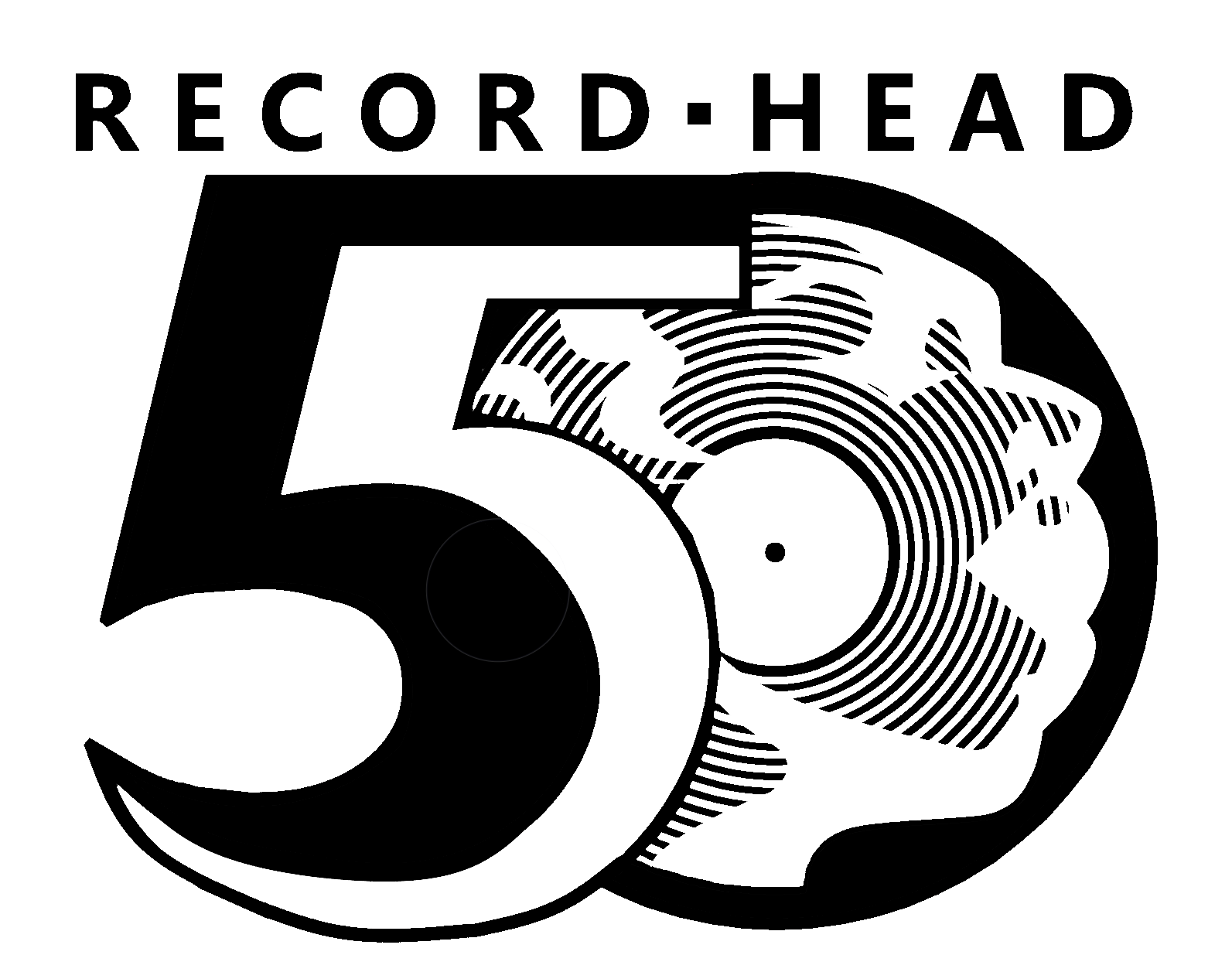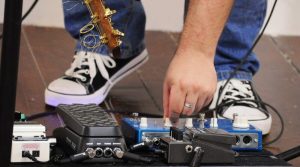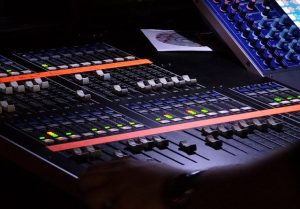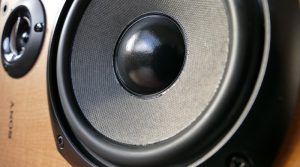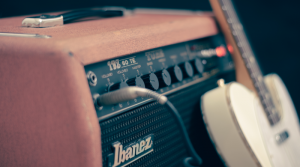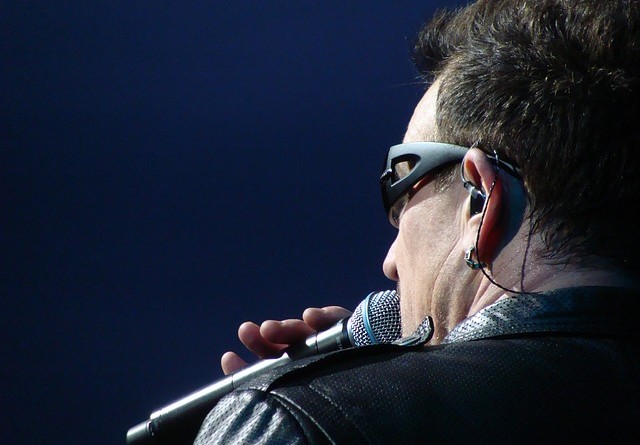
Before you buy a microphone, it’s helpful to know the basics of how they work. It can also help when troubleshooting issues such as feedback and the wrong “sound.” Here’s a breakdown of what goes into these devices that amplify the sound of your voice.
Types of Microphones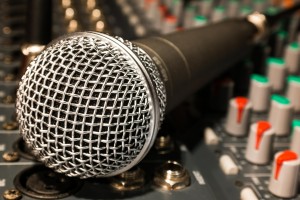
There are three primary types of microphones: Dynamic Coil Microphones, Dynamic Ribbon Microphones, and Condenser Microphones. All make use of a diaphragm, which converts vibration into electrical energy. Think of it as similar to your eardrum, which takes the vibrations created by sound waves that strike your ear and convert them into an electrical signal that your brain can understand.
- Dynamic Coil Microphones: These microphones use a magnet inside a coil of metal wire attached to the diaphragm. When you speak or sing into the microphone, the diaphragm vibrates, which moves the coil back and forth around the magnet, creating an electrical current that goes through a wire in the microphone to the amplifier.
- Dynamic Ribbon Microphones: These use a metal ribbon in between the ends of a u-shaped magnet to create the current, but the principle is otherwise the same.
- Condenser Microphones: These have a capacitor containing two conductive plates. As the sound hits the front plate, it vibrates and moving the sound wave closer to the back plate, which creates a change in capacitance. Because these microphones don’t have magnets to generate energy like dynamic microphones, you need to supply them with 48 Volts of Phantom Power to complete the process. Phantom power comes from a DC power supply that sends power through the microphone cable.
Microphone Direction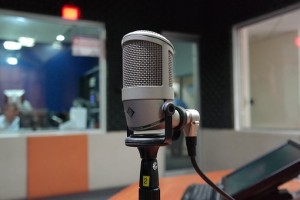
While a microphone can potentially receive sound wave input from all directions, that is not always what you want. There are different Polar Patterns for microphones depending on what your amplification needs are — omnidirectional, bi-directional and cardioid. Having the correct microphone for your application and direction can greatly impact the sound quality.
- Omnidirectional Mics: These pick up sound equally from all directions. They are good for recording orchestras or live studio performances where you want to pick up the crowd and the noise of the room.
- Bi-Directional Mics: These mics pick up sound well from the front and the rear, but not from the sides. These can be useful for interviews and certain types of studio recordings.
- Cardioid Mics: These microphones have a heart-shaped polar pattern and only pick up sounds from the front. This is great for studio recordings of vocals or speech to avoid feedback loops or unwanted second-party noise.
Frequency Response, Sensitivity and SPL
Your microphone’s frequency response graph shows you which frequencies your microphone can “hear” and how well it records those frequencies. The microphone’s sensitivity tells you how much electrical output you get for a certain amount of sound wave input. Maximum SPL, or maximum Sound Pressure Level, tells you how loud you can be with your mic without distorting the sound.
Now that you know a little more about microphones, it’s time to buy your own! If you’re looking for a microphone store in Milwaukee or the surrounding areas, come on down to Record Head Buy Sell Trade at 7045 W. Greenfield Ave., West Allis, WI, where you’ll find great deals on DJ & Studio Gear as well electronics, including microphones, to beat all the microphones around.
We’ve got a wide range of cool mics, so come check us out today!
